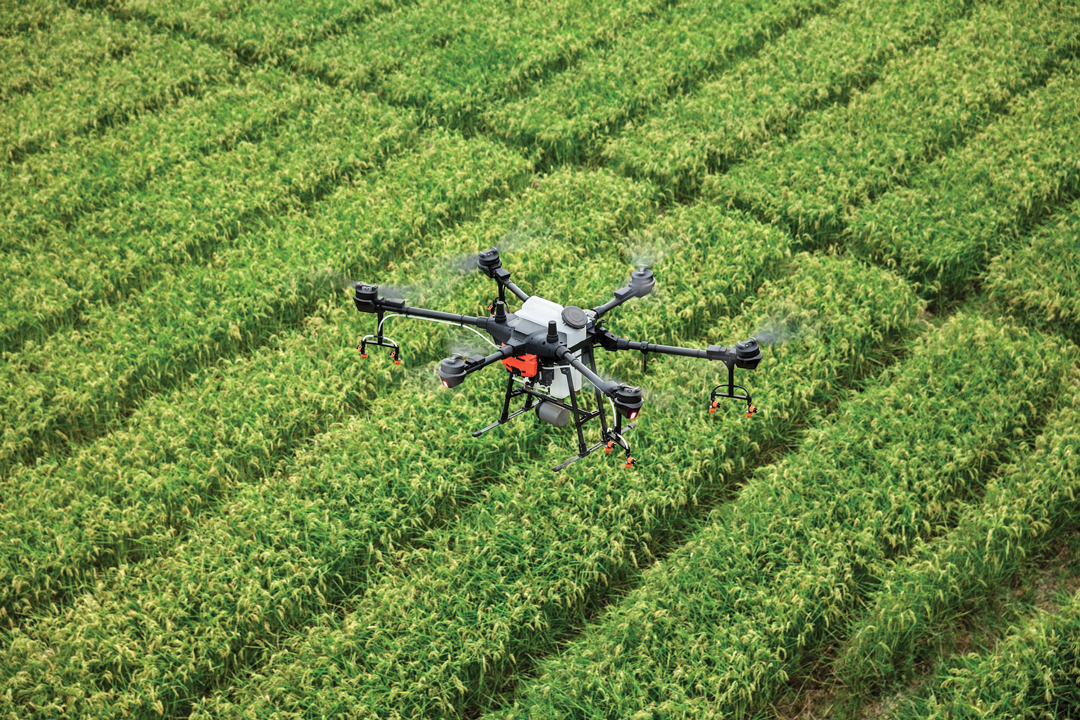A DIGITAL AG INTRODUCTION
BY BECKY ZIMMER • PHOTO: PIXABAY
The Prairie Provinces encompass nearly 85 per cent of Canada’s total farmland. Given the massive scale of Western Canadian agriculture, several of the world’s leading precision agriculture companies have established headquarters here. These businesses naturally need to hire many precision ag specialists said Angela Bedard-Haughn, dean of the University of Saskatchewan College of Agriculture and Bioresources. Ag research facilities also require
digitally skilled employees, and there is high demand among students for educational opportunities in this area. USask has even identified interest among students from non-agricultural areas of study.
Answering to this demand, USask will launch its new Certificate in Precision Agriculture this fall as a “talent pipeline” for the ag industry, said Bedard-Haughn. “[Companies are] looking for newly graduated students who have that fundamental understanding of how precision ag works, what factors drive variability, how we quantify that and how we translate that into management decisions.”
The Certificate is open to all USask students but will be particularly valuable for students in the institutions’ agriculture, engineering, computer science, environmental science and urban planning programs.
The Certificate will prepare students for a variety of careers such as agronomist, data analyst and machinery engineer as well as sales and marketing specialist. It examines the causes of crop variability, the measurement of these factors and the development of management practices to optimize inputs. In the workforce, students may apply this knowledge in many ways. For example, engineers and computer scientists build and develop precision ag platforms.
Driving through the western Canadian countryside, patches of poor cropland can be painfully obvious, but the remedy may not be as apparent. An area of high salinity, for example, does not necessarily need more fertilizer applied to it. Knowing this may save a farmer time, energy and input costs and minimize environmental impact. In their study of precision ag, students will focus on the causes of these inconsistencies from agronomic, economic and environmental perspectives, and how they can be tracked, measured and remedied, said Bedard-Haughn. “It really allows us to understand what drives variability to measure it and then to use that information to come up with management prescriptions that allow you to optimize your inputs and your management decisions across the field.”
The Certificate can be earned concurrently with the student’s degree program. An introductory class is followed by a final-year group-project in which students examine a precision ag case study using data from a real farm.
Brianna Zoerb received her master’s degree in precision ag from USask in 2022. The SaskWheat research program co-ordinator noted agricultural research projects increasingly involve precision ag and digital imaging technology, which require the participation of professionals across many disciplines. The Certificate will allow more of these sought-after employees to enter the ag industry, which will ultimately benefit farmers, she added.
“Producers will be able to make more efficient use of nutrients, whether that’s through better nutrient application or fertilizer application. Ultimately, you’re improving economics.”







Comments